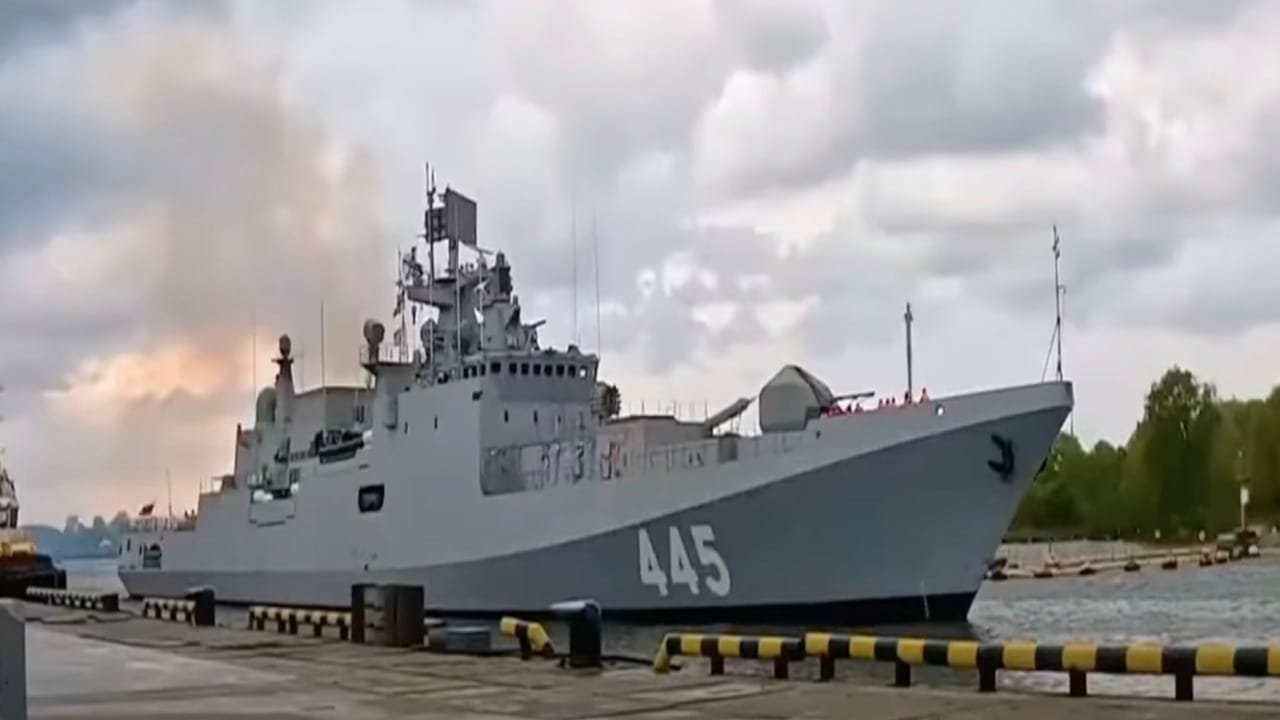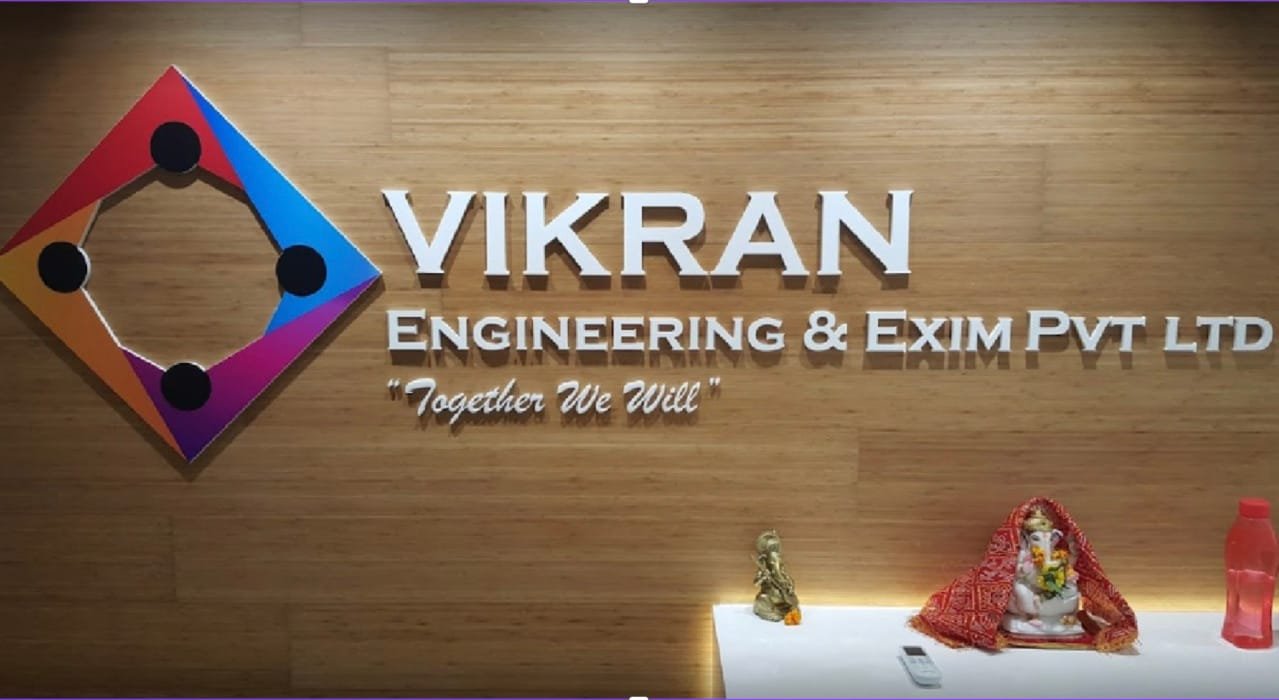On 1st July 2025, the Indian Navy added another powerful warship to its fleet INS Tamal, a stealth frigate designed for advanced naval warfare. The vessel was officially inducted into service at the Yantar Shipyard in Kaliningrad, Russia, with top representatives from both India and Russia in attendance highlighting yet another achievement in the ongoing defence partnership between the two nations.
A Powerful Addition to the Fleet
INS Tamal is the eighth stealth frigate built under Project 1135.6 and the second vessel in the follow-on Tushil-class series. INS Tushil, the lead ship of this class, was inducted into service in December 2024. These warships are part of the Western Naval Command, known as the ‘Sword Arm’ of the Indian Navy.
Commanded by Captain Sridhar Tata, a missile and gunnery warfare specialist, INS Tamal is packed with cutting-edge weapons and sensors, making it a deadly force at sea.
A Symbol of India-Russia Defense Partnership
The commissioning ceremony was a grand affair, attended by top officials, including:
- Vice Admiral Sanjay Jasjit Singh(Chief of Western Naval Command)
- Vice Admiral Rajaram Swaminathan(Warship Production Chief)
- Vice Admiral Sergei Lipin(Commander, Russian Baltic Fleet)
Speeches highlighted the long-standing defense cooperation between India and Russia. VAdm Swaminathan mentioned that INS Tamal is the 51st warship built under this partnership in the last 65 years—a true testament to the strong ties between the two nations.
Also Read: India’s Next Big Fighter Jet Deal? ₹60,000 Cr for 60 Su-57Es from Russia
What Makes INS Tamal Special?
- Armed with BrahMos supersonic cruise missiles, Shtil-1 air defence systems, a 100 mm main gun, and torpedoes, the ship boasts formidable firepower for both surface and anti-submarine operations.
- Stealth Technology: Designed to evade enemy radar, making it harder to detect.
- Advanced Sensors: Features Humsa-NG sonar (made in India) and electronic warfare systems for superior situational awareness.
- Helicopter Operations: Can carry Kamov-28 (anti-submarine) and Kamov-31 (early warning)helicopters.
- Automated Defense Systems:Includes nuclear, biological, and chemical protection, along with advanced damage control systems.
A Proud Moment for ‘Make in India’
While constructed in Russia, INS Tamal features 26% indigenous components, such as the BrahMos missile system and the Humsa-NG sonar. The remaining two ships in this class are set to be constructed entirely in India, giving a significant push to the ‘Aatmanirbhar Bharat’ (Self-Reliant India) mission.
What’s Next for INS Tamal?
Following its commissioning, the ship will proceed to its homeport in Karwar, Karnataka, with planned port visits along the way to demonstrate its operational capabilities. Once in India, it will join the Western Fleet, ready to protect the nation’s maritime interests.
Also Read: Govt Approves ₹1.05 Lakh Cr Defence Buy – Triggers Rally in Defence Stocks
A Stronger, Smarter Navy
Vice Admiral Sanjay Jasjit Singh, who attended the event as the chief guest, commended the ship’s advanced capabilities, stating:
“INS Tamal enhances the Navy’s reach, responsiveness, and resilience. It will be a force multiplier in safeguarding India’s maritime security.”
Carrying the motto ‘Sarvatra Sarvada Vijaya’ (Victory Always, Everywhere), INS Tamal reflects the Indian Navy’s dedication to maintaining a combat-ready, reliable, and forward-looking maritime force.
As India continues to strengthen its naval power, ships like INS Tamal ensure that the country remains secure and dominant in the seas.
Disclaimer:
The information in this article is based on publicly available sources and official announcements. Specifications and operational details may be subject to change. This article is for informational purposes only.









